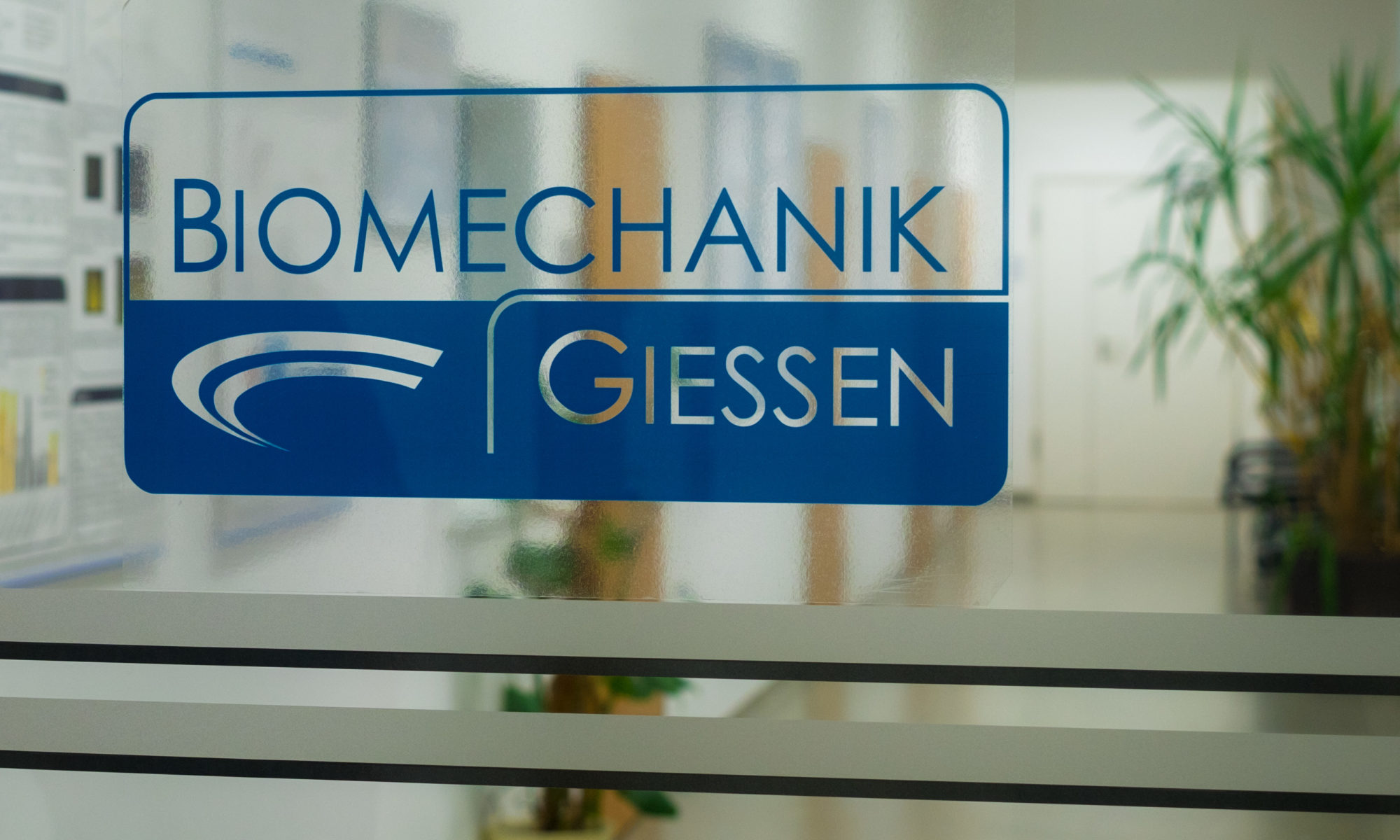The effect of multifilaments and monofilaments on cementless femoral revision hip components: an experimental study
Jakubowitz E 1, Kinkel S, Nadorf J, Heisel C, Kretzer JP, Thomsen MN.
Clin Biomech (Bristol, Avon). 2011 Mar;26(3):257-61.
doi: 10.1016/j.clinbiomech.2010.11.004. Epub 2010 Dec 13. PMID: 21146907
- Laboratory of Biomechanics, Department of Orthopaedics, University Hospital of Giessen and Marburg, Paul-Meimberg-Strasse 3, 35392 Giessen, Germany.
BACKGROUND:
Cerclage wires are widely used in revision hip surgery to reattach the lid of a femoral osteotomy. The present study compared the influence of multifilaments and monofilaments on primary stability of revision hip stems with different fixation principles.
METHODS:
A standardized extended proximal femoral osteotomy was performed in the anterior cortex of 6 synthetic femora. We used a high-resolution measuring device to explore spatial micromovements of a diaphyseal and a metaphyseal fixating revision stem. Both of these were implanted in 3 femora. The specimens were measured again after consecutive restabilization of osteotomies with multifilaments and monofilaments. The movement graphs generated defined relative micromovements between stems and bones and the stabilizing effect of the two wire systems compared.
FINDINGS:
Both multifilaments and monofilaments effected a major reduction of relative micromovements for both fixation principles. There were no differences in relative movements between the multifilament and monofilament treatments for the diaphyseal fixating stem. Yet for the metaphyseal fixating stem a significantly better restabilization was observed with multifilaments.
INTERPRETATION:
Both multifilaments and monofilaments can support the revision hip stem in bridging the extended proximal femoral osteotomy. Yet, which wiring system should be chosen depends on the fixation principle of the revision stem. Multifilaments seem to be advantageous when used with metaphyseal fixating stems. However, the use of multifilaments with diaphyseal fixating components should be reconsidered as this might constrict the periosteal vascularity.
PMID: 21146907
DOI: 10.1016/j.clinbiomech.2010.11.004
